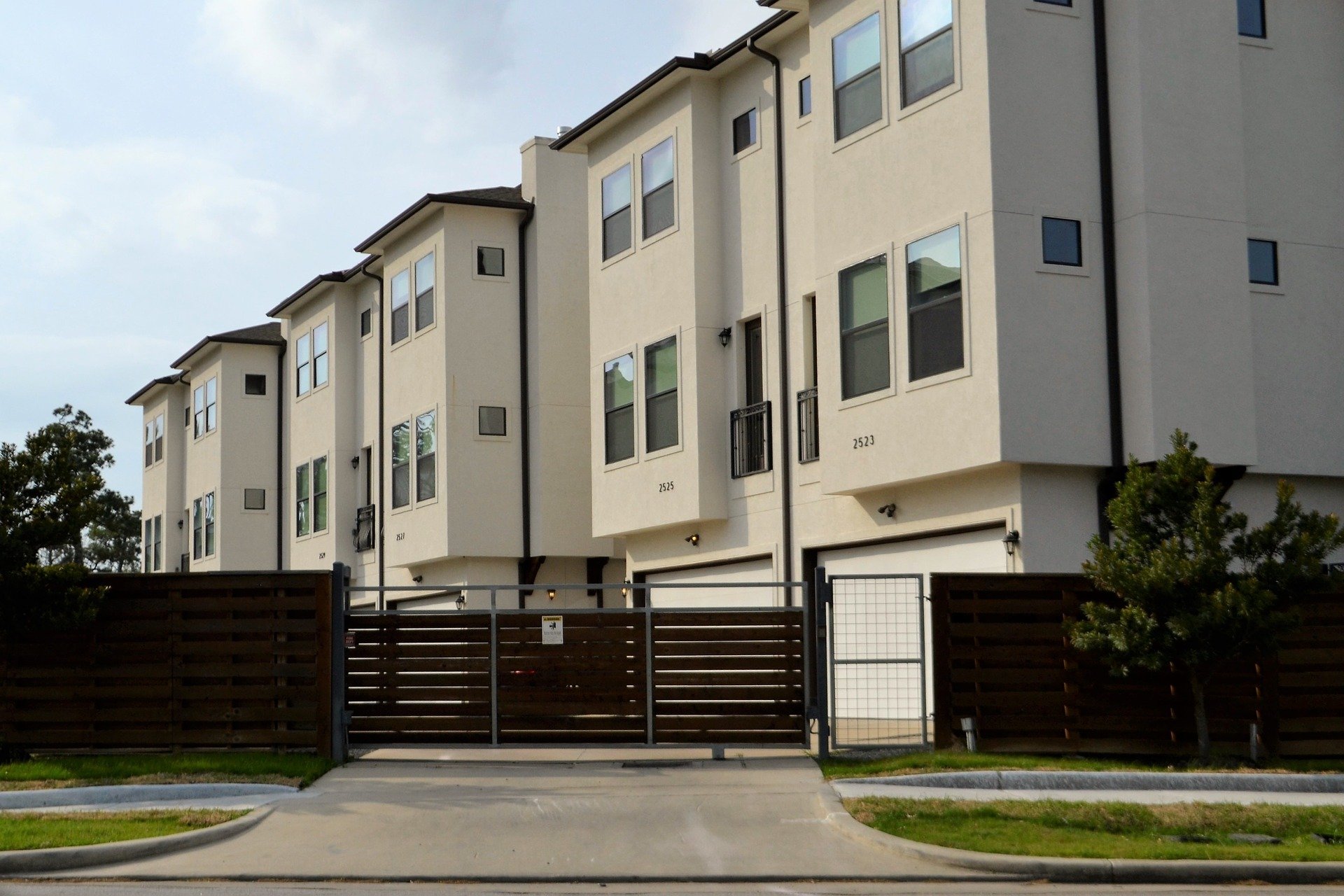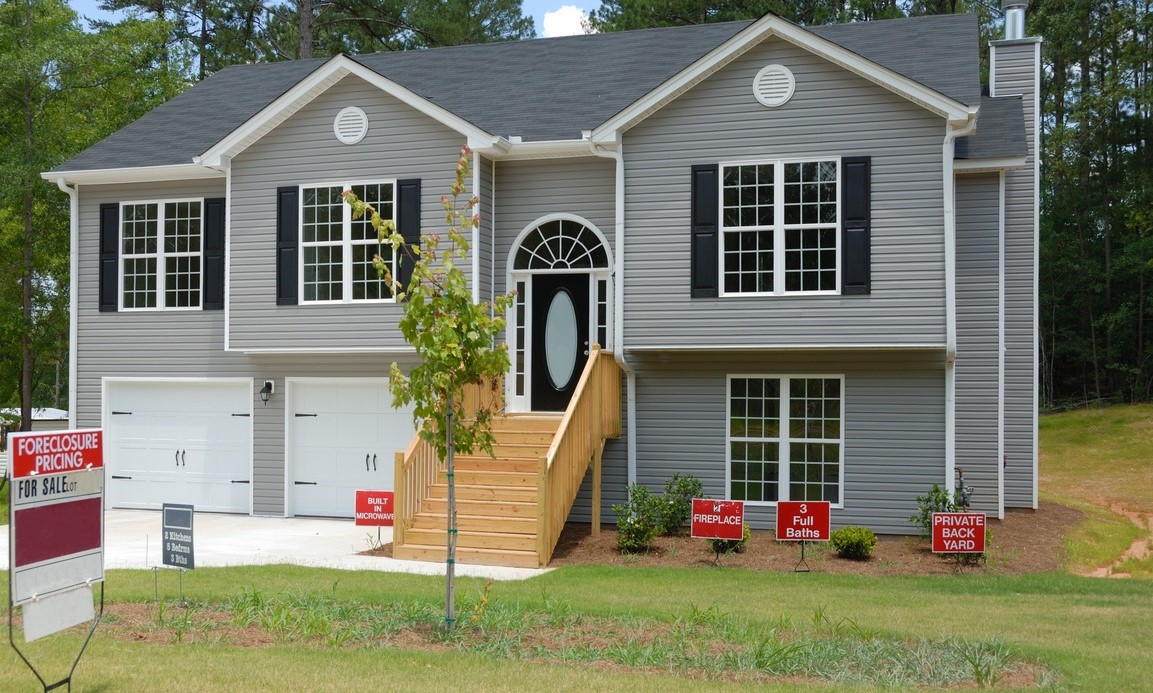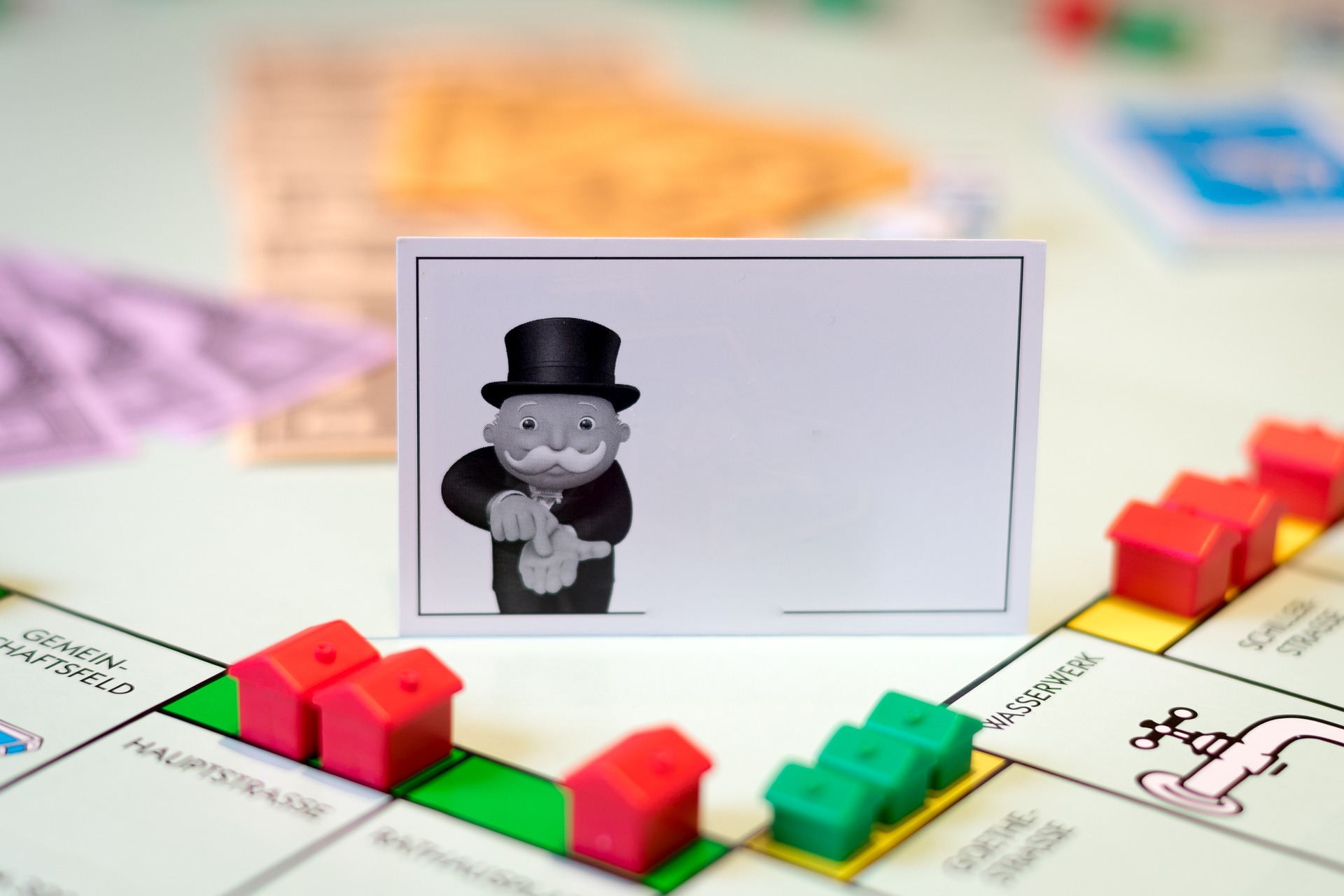Even if they prove to be time-consuming, property inspections are the best practices for assessing your property's general condition. Rental property inspections serve to identify any property damage that requires your immediate attention and action.
Thank you for reading this post, don't forget to subscribe!In fact, rental inspections will help prevent severe problems and damages to your apartment and repair requests before more serious problems arise! All in all, a property inspection is a crucial responsibility of the property management company that wishes for its investment property to stay in an optimal and desirable condition.
It's not that difficult to perform a property inspection on your own, but in case you find it difficult, you could also opt for hiring a maintenance team to perform them as thoroughly as you'd like. Read on to find out more about how property inspections work.
How Do I Get a Rental Property Inspected?
The best time to do a property inspection is before your tenants move in. Conduct the process smoothly and efficiently, and when you're done, prepare inspection reports. These rental property inspection reports serve as evidence that you've done your part as the owner. Hold on to them until after the lease ends.
Here are the further steps you need to take:
Provide Your Tenant with a Written Entry Notice Form
One requirement for any inspection process is a written entry notice that is provided by the property owner. Make sure your tenant receives this entry notice at least 24 hours before a rental property inspection. This will give them a heads-up that you've done your due diligence, made the right preparations and took care of minor problems that needed care.
Clarify the Reasons Behind the Inspection
A good landlord is someone who puts himself in his tenant’s shoes. In fact, the current residents of your rental unit have the right to know the reasons behind every inspection. This doesn't have to be an elaborate process at all and a simple explanation can suffice.
Arrange a Convenient Date for the Inspection
It’s a good idea to get your tenant's agreement over the exact timing for the inspection. This is an indication that you respect his or her rights and privacy. With this in mind, you should pick an appropriate hour on a weekday. It means you must pick a day between Monday to Friday from 8 AM to 6 PM.
What Should be Included in a Move-in Inspection?
During a move-in inspection, the tenant and the landlord need to check the following items:
- The lamps, light bulbs and light switches, to make sure they can be turned on and off
- All the electrical outlets, to see if they work or need replacement
- The door locks, window locks, and latches, and if they can easily opened and closed
- The walls, ceiling, and floor, to make sure there's no sign of dampness anywhere
- The overall condition of the kitchen cupboards, drawers, and countertops, in case there is damage and rot inside them
- The toilet seat to make sure it’s not broken
- The bathroom, in order to check if it's facilitated with exhaust fans
- The home security equipment, including smoke alarms, carbon monoxide detectors, and smoke detectors, to see if they work properly
- The heating system and cooling system, to make sure they’re working efficiently
- The water heater to assure there are no problems like leaking and water discoloration
How Do I Prepare for a Home Inspection?
It's customary for the tenants to make preparations for inspections by moving some of their furniture and home items off the property. Besides this crucial step, here are some other tips to consider before the inspection:
- Have an inspection checklist
- Provide open access to your rental property's inaccessible interior and exterior areas such as basements, attics, and backyards
- Tend to the exterior damages found in sidings and trims
- Seal cracks, leaks, and drafts of the windows and doors
- Clear the roof and the gutters by removing the moss, debris, twigs, and leaves
- Tidy up and clean your home properly
- Get rid of any bugs and insects you come across while cleaning the house's corners, including inside the cupboards
- Replace the air filters, shower head filters, water filters, and any broken or out-of-use household items
What are the Benefits of a Property Inspection?
Conducting a property inspection, whether before the tenants move in or after they leave, has multiple benefits.
Most importantly, it keeps the tenants adhering to the property rules and prevents lease violations. If both the tenant and the landlord agree on the house's condition at the time of the lease, there will be no disputes down the road, as all parties will be on the same page and will be aware of the initial condition of the home.
Here are some other benefits of having your property inspected:
- Drives your tenants to feel responsible and care for your property
- Aids in building a strong relationship with your tenants
- Allows owners to keep tabs on the general condition of the property
- Adds more value to your property
- Increases the opportunity to sell your property at a higher price
- Helps identify and fix major and minor property damages
- Saves you the time of a new tenant screening process by keeping the current tenants for a longer period
- Keeps a rental property's insurance policy up to date
- Emphasizes lease compliance and the importance of having the property in a good condition
What Things Fail a Home Inspection?
Apart from the normal wear and tear, an inspector may come across major problems while performing a thorough inspection of the property. Technical glitches and broken appliances cause many of these issues. Here's a list of what might cause your property inspection to fail:
- Faulty electrical wiring and exposed electrical wires
- Roof deterioration
- Structural and foundational problems
- Defective HVAC system
- Poor ventilation and insulation
- Poor drainage and plumbing issues, such as broken underground drain pipes
- Pest infestations and damage
- Mold issues
- Severe water damage
How Do You Do a Walk-Through Rental?
Walk-throughs are performed at two different time frames, being categorized as initial and final.
The Initial Walk-through
This constitutes a simple process. The tenant-to-be and the property manager walk through the property to get a clear image of its overall condition during the comprehensive rental inspection. They also take notes of any preexisting damages and mark them in a move-in checklist. Following these inspection checklists are very beneficial when it comes to making a lease agreement and the final inspection report.
You can also bring cameras to take pictures to keep a visual record of the property's original state. This will benefit both parties, as the tenant won't be charged for the damage they didn't cause. The landlord will also easily compare the before and after pictures to better assess the property’s condition.
Other issues discussed during the initial walk-through include the security deposit, the changes that the tenant is allowed to make, fees, rent, building rules, and the possibility of keeping pets in the apartment.
The Final Walk-through
The presence of the property manager or the landlord is specifically required for this final walk-through. They should check all the necessary details and decide to charge the tenant, if he or she is found guilty of any damage.
They can use the move-in column of the inspection checklist and the pictures of the property's original condition to make any judgments and decisions during the move out inspection. If you take pictures during the final walk-through, be careful not to include your tenant's belongings in the frame, since this is in violation of their privacy.
How Do I Self-manage My Rental Property?
Since managing one's real estate is already a massive responsibility, you may want to get some help with inspections.
Unfortunately, with the current Covid 19 situation, this may be a bit harder to do. The good news is that property management software can help you manage your passive income source from the convenience of your home.
A property management software application helps landlords and property managers arrange their rental properties, tenants, financials, and accounts.
A property management software application lets you do the following:
- Sign lease agreements online
- Create full reports online
- Conduct prospective tenant screenings
- Offer your rental vacancies online
- Collect rent payments online
Some of the best property managed suites on the market include Buildium, RealPage, and Building Engines.
Other Common Types of Inspections
As the owner, you may prefer to perform the inspection yourself, rather than paying extra money for professional inspectors. Apart from the previous types of inspections, there are two more types that are possible:
The Drive-by Inspection
This inspection occurs when the landlord passes through the neighborhood in his or her vehicle and swiftly views the exterior condition of the property to see if things are in order. One distinctive advantage is that it takes very little time to perform this type of inspection.
The Routine Inspection
Routine inspections are ideal opportunities for landlords to tend to the maintenance requests of their tenants. They can go through the detailed list of the maintenance issues and devise a plan to fix them. If the tenant has caused the damages deliberately, the landlord can hold him or her accountable for the damages. That way, they can either deduct the repair expenses out of the security deposit or give the tenants a notice to remedy, indicating that during a 14 day period, the tenant must fix and mend the damages summarized in the notice.
Here are two other advantages of a routine inspection:
First, you identify minor problems that require less money to be fixed or replaced. This way, issues won't build up into major problems that will adversely affect your property's market value.
Second, your tenants may neglect damages like a hole in the wall or a broken window. They may also ignore small problems such as a leaking faucet. Therefore, they won't be motivated to report these types of issues to the rental property owner. Routine inspections serve to uncover such matters and give the landlord a head-start to find proper solutions. However, always make sure to schedule such inspections ahead of time, since surprise inspections and entering the property unannounced may violate your tenants' privacy policy.
Tools and Appliances to Use for Apartment Inspections
Here’s a complete list of everything you might need when performing an inspection of your rental property:
- Articulating ladders
- Telescoping ladders
- Toolkits
- Roof boots
- Electrical gloves
- Safety glasses
- Compass
- Smoke pen
- Telescoping adjustable mirrors
- Telescoping magnets
- Microwave testers
- Infrared (IR) cameras
- Continuous radon monitors
- Infrared thermometer
- Carbon monoxide analyzer
- Moisture meters
- Combustible-gas detector
- Half-face and full-face respirators
- Flashlights
- Electrical testers
- Voltage indicator
- AFCI/GFCI tester for arc-fault and ground-fault circuit interrupters




